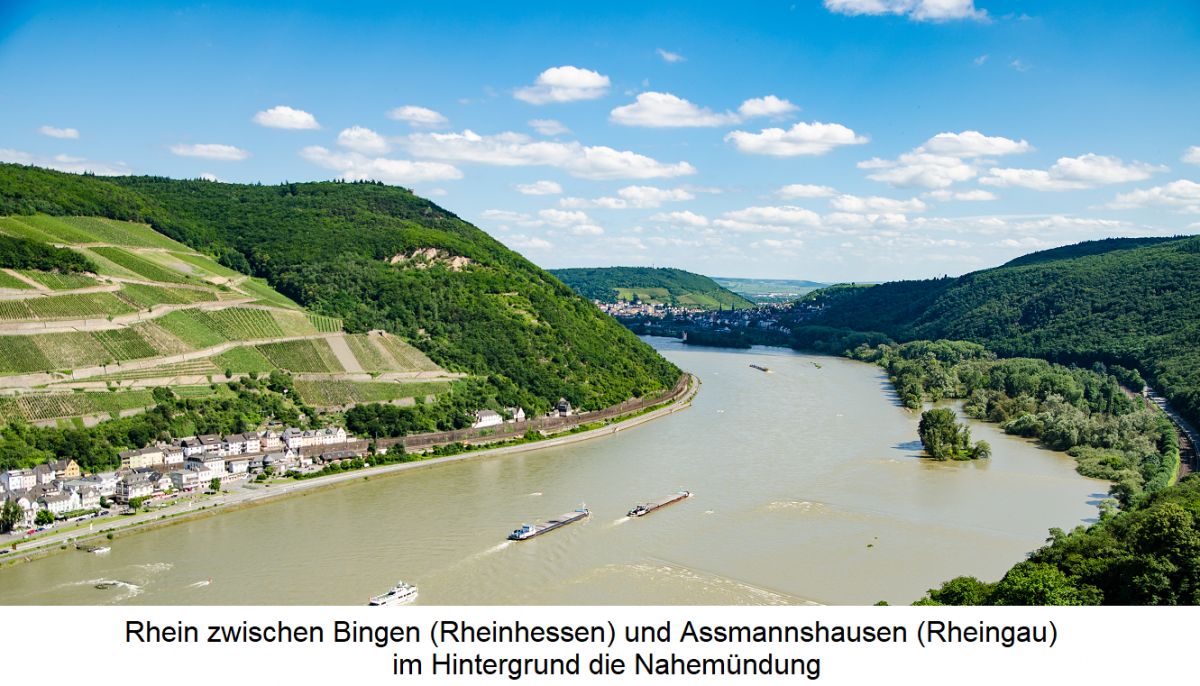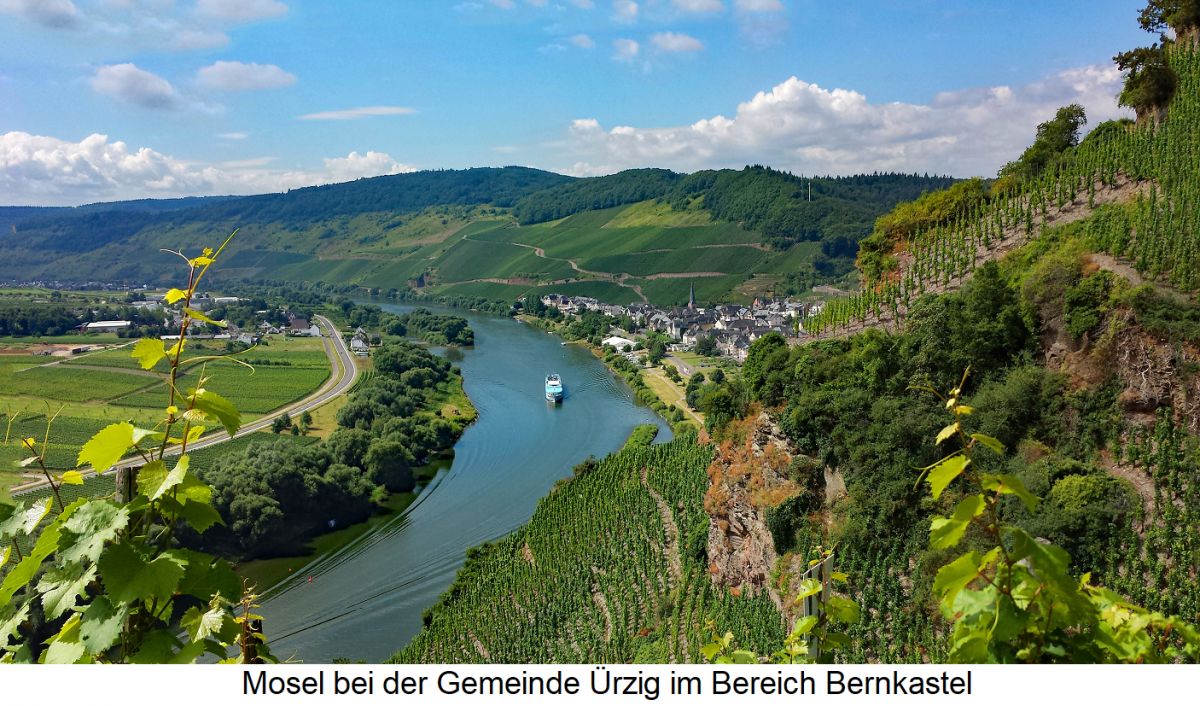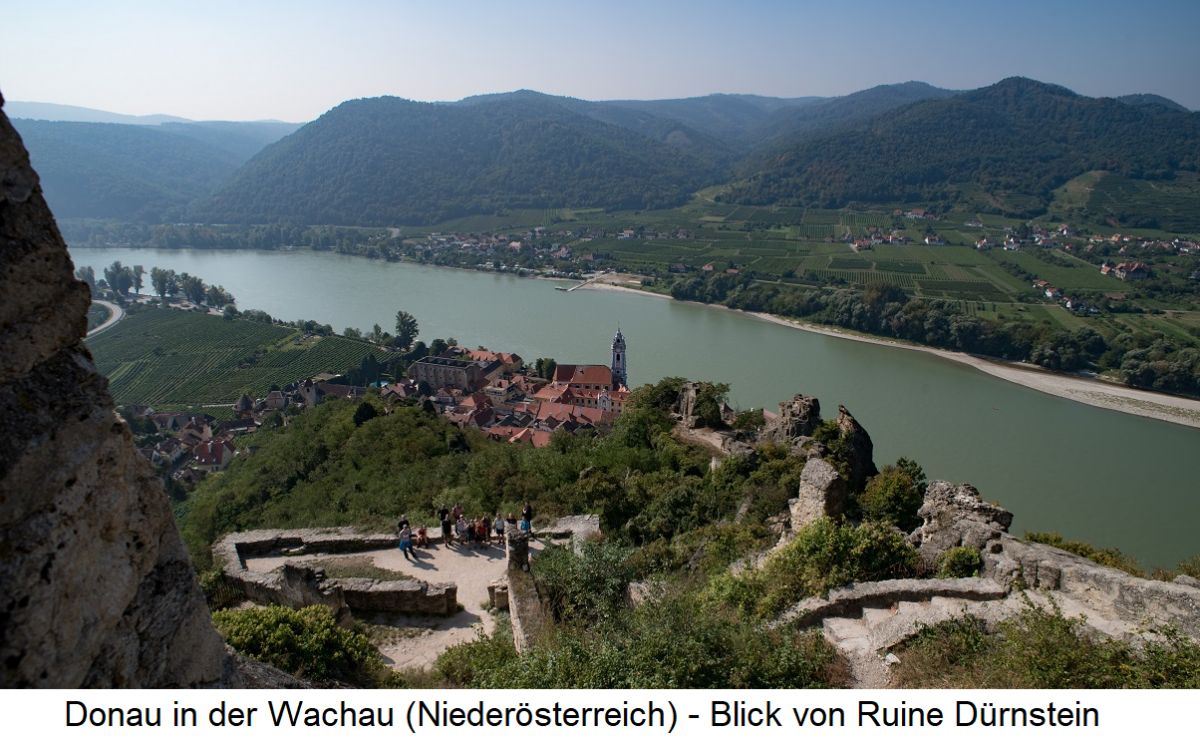The first vineyards in Europe were established in the first millennium of the Common Era, primarily along rivers or on their often terraced slopes. These were also very important for the wine trade in ancient times. The Romans used two main routes for transporting wine in amphorae. One ran along the Garonne from the south of France in the Languedoc-Roussillon region to Toulouse and on to Bordeaux and the Atlantic, the other from Arles on the Mediterranean upstream along the Rhône to Lyon, from there along the tributary Saône and overland to the Moselle to the Rhine and along this to the North Sea. Waters such as rivers, seas and lakes have a positive effect on viticulture in several respects and thus contribute to the so-called viticultural suitability. This refers to the suitability of an area for quality viticulture.

Climate-regulating effect
The climate-regulating effect of large volumes of water reduces the risk of frost. The formation of valleys creates favourable conditions for the cultivation of vines. This is because the slopes provide good solar radiation, which has an optimal effect when the exposure is favourable. Due to the humidity, bodies of water provide ideal climatic conditions for botrytis and thus for noble sweet wines. Examples are Sauternes (France), areas along the Rhine (Germany) and Lake Neusiedl (Austria).
In northern, central and eastern Europe in particular, many important wine-growing regions are located along rivers. These are primarily the Danube (with the tributaries Kamp, Krems and Traisen), Dordogne, Douro, Garonne, Gironde, Loire (with the tributaries Allier, Cher and Vienne, for example), Nahe, Main, Mosel (with the tributaries Saar and Ruwer, for example), Rhine and Rhône (with the tributaries Durance, Isère and Saône, for example), as well as their other tributaries.

Artificial irrigation
Rivers are the basis for artificial irrigation in areas with low precipitation. Examples include the Australian Riverland region (Murray River), the US states of California(Sacramento River, San Joaquin River) and Washington (Columbia River, Snake River, Yakima River), as well as rivers in South Africa (e.g. Breede River), Argentina (e.g. Río Desaguadero and tributaries) and Chile (e.g. Aconcagua).
In the vicinity of oceans, the maritime climate acts as an equalising temperature buffer. Due to the large heat capacity, the water temperature changes more slowly than the temperature on land. As a result, the land near the coast is cooled by the sea in summer and warmed in winter. This has a positive effect in Australia, Chile, South Africa and the west of the USA. This also applies in a similar way to lakes such as Lake Balaton (Lake Balaton, Hungary), Lake Constance (Germany), Three Lakes and Lake Zurich (Switzerland), Lake Garda (Italy) and Lake Neusiedl (Austria).

Further information
See also soil type, geology, meteorology, weather, suitability for viticulture (prerequisites for quality wine growing), water and wind, as well as a list of relevant keywords under grapevine.
Voices of our members

Using the encyclopaedia is not only time-saving, but also extremely convenient. What's more, the information is always up to date.
Markus J. Eser
Weinakademiker und Herausgeber „Der Weinkalender“